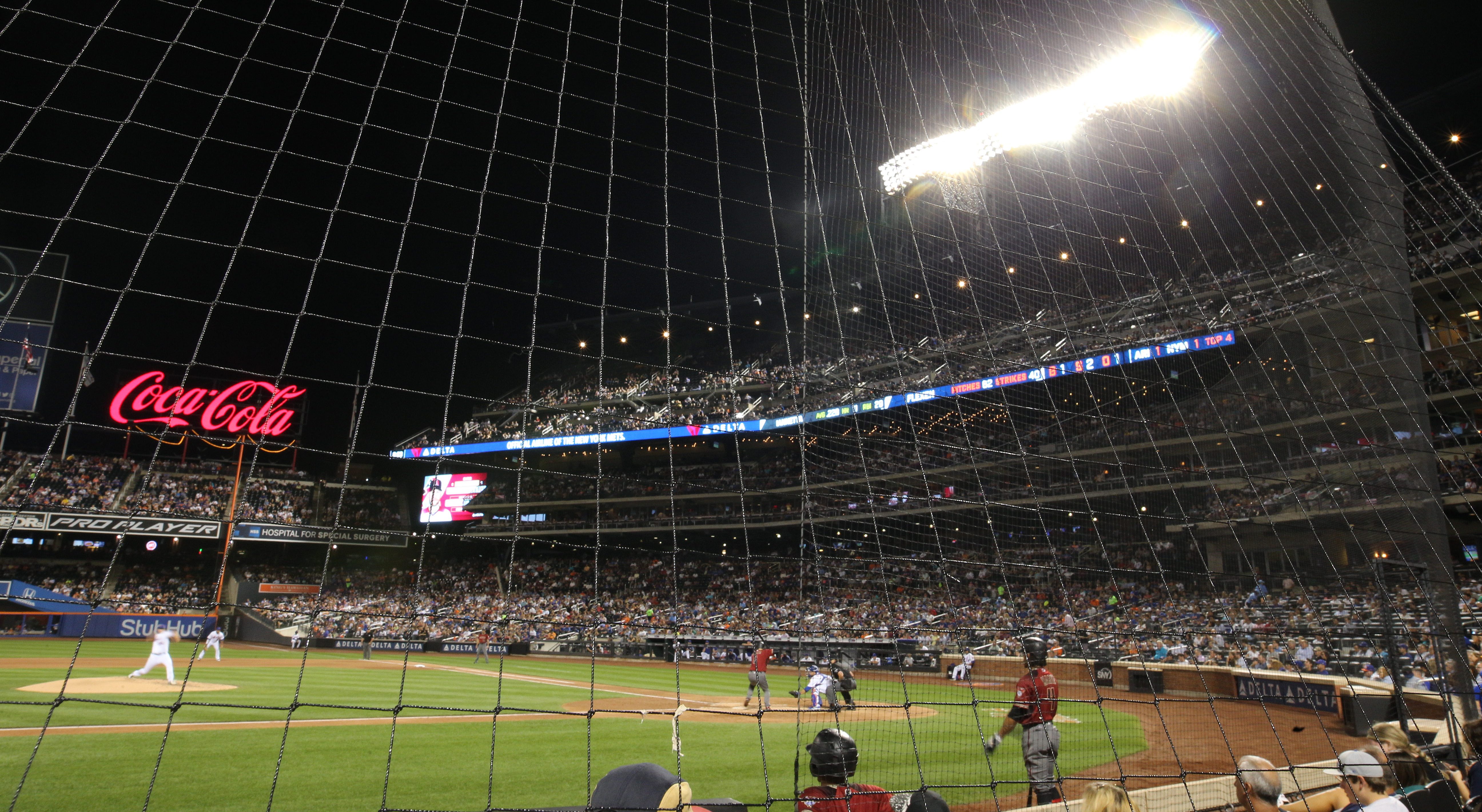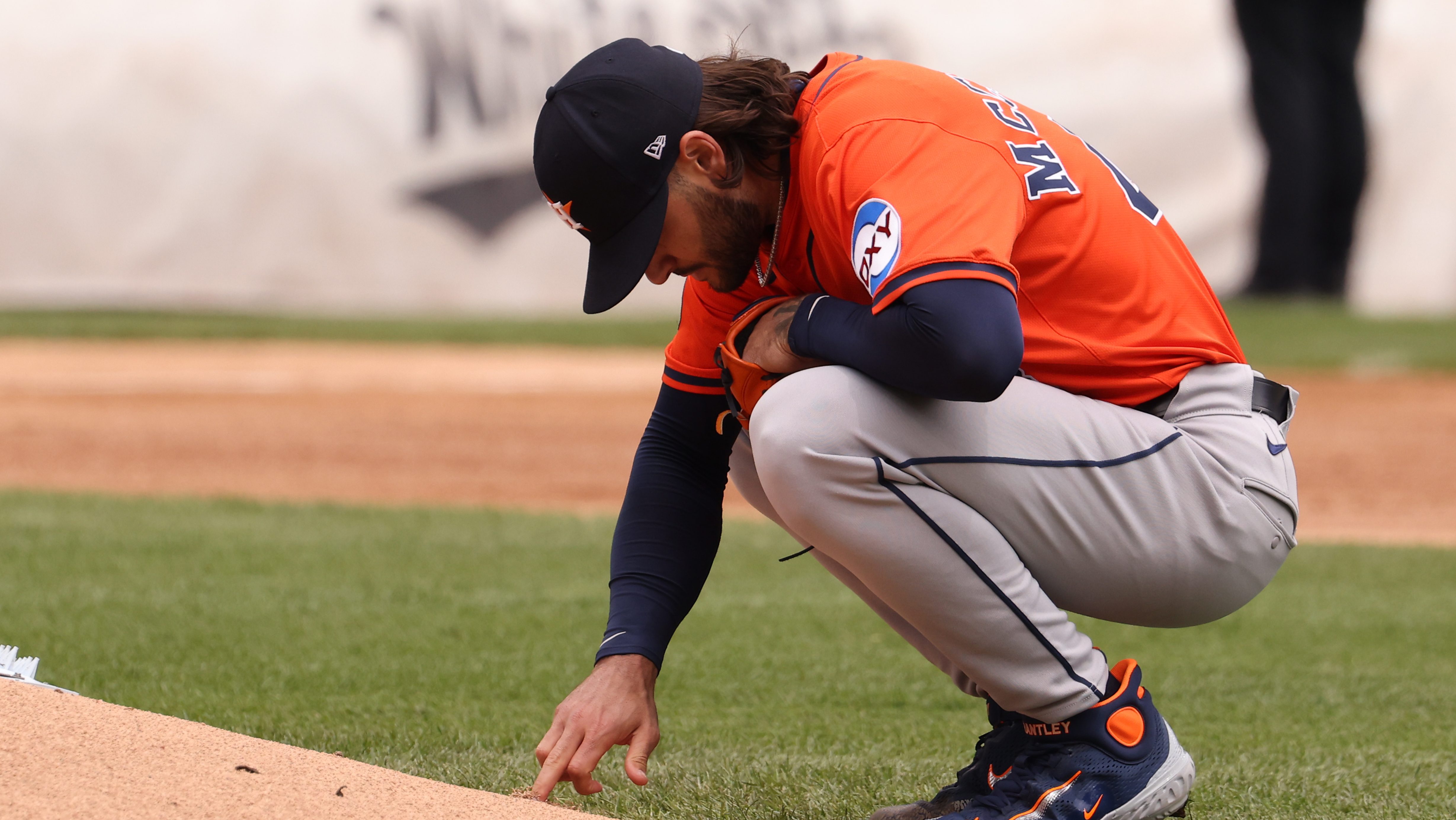MLB Fan Falls: Are Stadium Safety Measures Enough?
MLB Safety Under Scrutiny: Fan Fall Raises Concerns
Introduction: A Stark Reminder
When news broke about a fan falling from the Clemente Wall at PNC Park in Pittsburgh, a chill went down the spines of baseball fans everywhere. It was a harsh reminder of the inherent risks that can exist even in a place meant for enjoyment and camaraderie. Kavan Markwood's fall, as Pirates star Andrew McCutchen hit a game-changing double, cast a shadow over the game and sparked a vital conversation: how safe are our ballparks, really? Are existing safety measures enough to prevent tragedies like this from happening again?
The Pittsburgh Incident: A Timeline of Events
Let's break down what we know about the incident at PNC Park:
On Wednesday night, during a Pirates game against the Cubs, Kavan Markwood fell from the 21-foot-high Clemente Wall in right field. He landed on the warning track at the very moment Andrew McCutchen hit a crucial two-run double. The immediate aftermath was a scene of intense concern. Members of both the Pirates and Cubs training staffs rushed to Markwood's aid, providing medical attention for approximately five minutes. He was then carefully removed from the field on a cart and transported to Allegheny General Hospital's trauma center.
According to an X post from Pittsburgh Public Safety, the incident is currently being treated as an accident. While details remain scarce, the event has undoubtedly raised serious questions about safety protocols within the stadium.
Remembering Past Tragedies: A Pattern of Falls
Sadly, Markwood's fall is not an isolated incident. Our memories are jogged by similar tragedies that have occurred at other MLB stadiums in recent years.
Fans died following falls at ballparks in Arlington, Texas, in 2011 and Atlanta in 2015. These past incidents underscore the gravity of the situation and highlight the need for ongoing vigilance and improvement in stadium safety.
Current Safety Measures: What's Already in Place?
Major League Baseball has implemented a range of safety measures over the years, but are they truly effective?
- Netting Behind Home Plate: Extended netting behind home plate is now standard, aimed at protecting fans from foul balls and broken bats.
- Increased Security Presence: More security personnel are often stationed in high-risk areas to monitor fan behavior.
- Warning Signage: Signs are typically posted to warn fans about the dangers of leaning over railings or standing on seats.
- Heightened Railings: Many stadiums have increased the height of railings in certain sections to deter falls.
But are these measures enough? Are there gaps in the system that need to be addressed?
Examining Railing Heights: A Critical Factor
The height of railings is a particularly crucial factor in preventing falls. Building codes often dictate minimum railing heights, but stadiums may need to exceed these standards, especially in areas with steep drops.
Railing Height Standards: A Closer Look
It's important to understand that railing height requirements can vary depending on local building codes and the specific design of the stadium. However, simply meeting the minimum requirement may not be sufficient in all cases. Consider the viewing angle and the potential for fans to lean over the railing, especially during moments of excitement.
The Psychology of Railings: Perception vs. Reality
Believe it or not, railings are not just physical barriers; they also play a psychological role. A railing that *looks* substantial can deter risky behavior, even if it doesn't offer significantly more protection than a shorter one. Design considerations are key.
Alcohol and Fan Behavior: A Complex Issue
Alcohol consumption is often a factor in incidents involving fan safety. Stadiums must strike a balance between allowing responsible drinking and preventing over-intoxication that could lead to risky behavior.
Responsible Alcohol Service: Policies and Practices
Many stadiums have implemented policies to limit alcohol sales, such as cutting off sales after a certain inning or restricting the number of drinks a person can purchase at one time. Training for bartenders and vendors on how to recognize and prevent over-intoxication is also crucial.
The Role of Personal Responsibility: A Shared Burden
While stadiums have a responsibility to promote responsible alcohol service, fans also need to take personal responsibility for their actions. Drinking in moderation and being aware of one's surroundings are essential for ensuring a safe and enjoyable experience.
Fan Education and Awareness: Spreading the Word
Raising awareness among fans about potential hazards and safety guidelines is a proactive approach to preventing accidents.
In-Stadium Announcements: Reminders During the Game
Regular announcements during the game can remind fans to be mindful of their surroundings, avoid leaning over railings, and report any unsafe behavior they observe. These announcements should be clear, concise, and delivered in a non-patronizing tone.
Online Resources and Information: Before You Go
Stadium websites and mobile apps can provide valuable information about safety guidelines, alcohol policies, and emergency procedures. This allows fans to prepare for their visit and be aware of potential risks before they even enter the stadium.
Stadium Design and Layout: Minimizing Risks
The design and layout of a stadium can significantly impact fan safety. Architects and engineers should prioritize safety considerations during the planning and construction phases.
Optimizing Viewing Angles: Reducing the Need to Lean
Careful consideration should be given to the viewing angles from each seat. If fans are forced to lean forward or stand up to see the field, it increases the risk of falls. Designing seating arrangements that minimize the need to lean can significantly improve safety.
Strategic Placement of Barriers: Guiding Fan Movement
Barriers and railings should be strategically placed to guide fan movement and prevent access to hazardous areas. This can include roped-off sections, strategically placed stanchions, and clear signage.
Technology and Innovation: Enhancing Safety
Emerging technologies offer exciting opportunities to enhance stadium safety. Could innovative solutions help prevent future tragedies?
Smart Sensors and Monitoring Systems: Detecting Unsafe Behavior
Smart sensors could be used to detect unusual movements or excessive leaning, alerting security personnel to potential hazards. Advanced monitoring systems could also track crowd density and identify areas where congestion could increase the risk of accidents.
Virtual Reality Simulations: Training for Emergency Response
Virtual reality simulations can be used to train stadium staff on how to respond to emergencies, such as falls or medical incidents. This allows them to practice their skills in a safe and controlled environment, improving their readiness to handle real-world situations.
MLB's Role and Responsibility: Setting the Standard
Major League Baseball has a responsibility to set the standard for stadium safety across all its franchises. This includes establishing clear guidelines, providing resources for safety improvements, and monitoring compliance.
League-Wide Safety Audits: Identifying and Addressing Risks
Regular safety audits, conducted by independent experts, can help identify potential risks and ensure that stadiums are adhering to best practices. These audits should cover all aspects of stadium safety, from railing heights to alcohol policies.
Data Collection and Analysis: Learning from Past Incidents
MLB should collect and analyze data on all incidents involving fan safety to identify trends and patterns. This information can then be used to develop targeted interventions and improve safety protocols.
Insurance and Liability: Protecting Fans and Stadiums
Insurance and liability considerations play a significant role in stadium safety. Stadiums must have adequate insurance coverage to protect themselves from potential lawsuits resulting from fan injuries.
Risk Management Strategies: Minimizing Potential Claims
Implementing robust risk management strategies, such as conducting regular safety inspections and addressing potential hazards promptly, can help minimize the risk of accidents and reduce the likelihood of insurance claims.
The Fan Experience: Balancing Safety and Enjoyment
Ultimately, the goal is to create a safe and enjoyable experience for all fans. Safety measures should be implemented in a way that doesn't detract from the excitement and atmosphere of the game.
Open Communication: Addressing Fan Concerns
Stadiums should encourage open communication with fans, providing channels for them to report concerns and make suggestions for safety improvements. This fosters a sense of shared responsibility and helps create a more welcoming and secure environment.
Conclusion: Prioritizing Fan Well-Being
The incident in Pittsburgh serves as a sobering reminder that fan safety must always be a top priority. While MLB has implemented various safety measures, ongoing vigilance, innovation, and collaboration are essential to prevent future tragedies. By examining railing heights, addressing alcohol-related risks, promoting fan education, and leveraging technology, we can work towards creating a safer and more enjoyable experience for all baseball fans. The conversation must continue to ensure every trip to the ballpark is a memory made for the right reasons.
Frequently Asked Questions (FAQs)
- What are the standard railing height requirements in MLB stadiums?
Railing height requirements vary based on local building codes, but generally, railings must be at least 42 inches high in areas accessible to the public. However, many stadiums exceed this minimum, especially in elevated sections.
- What steps are MLB teams taking to prevent alcohol-related incidents?
MLB teams implement various strategies, including limiting the number of drinks per purchase, cutting off alcohol sales after a certain inning, and training staff to recognize and prevent over-intoxication.
- How can I report a safety concern at a ballpark?
Most stadiums have designated channels for reporting safety concerns, such as a guest services hotline or an online form. Look for signs or ask a staff member for assistance.
- Are there any new technologies being used to improve stadium safety?
Yes, stadiums are exploring technologies like smart sensors, monitoring systems, and virtual reality simulations to enhance safety. These technologies can help detect unsafe behavior, monitor crowd density, and train staff for emergency response.
- What can I do as a fan to help ensure a safe environment for everyone?
As a fan, you can drink responsibly, be mindful of your surroundings, avoid leaning over railings, report any unsafe behavior you observe, and follow the stadium's safety guidelines.

